当前位置:网站首页>Intermediate use tutorial of postman [environment variables, test scripts, assertions, interface documents, etc.]
Intermediate use tutorial of postman [environment variables, test scripts, assertions, interface documents, etc.]
2022-07-06 12:16:00 【A pole】
Postman
First of all, introduce a way to transfer to Chinese version ,GitHub link :https://github.com/hlmd/Postman-cn
Catalog
Preface
This paper is about postman Intermediate use tutorial , Suitable for a certain postman Basic friends read , If not used postman Or similar software , Reading this article may be uncomfortable .
environment variable
New environment variable
Defined global variables and environment variables , It can be referenced in the interface .
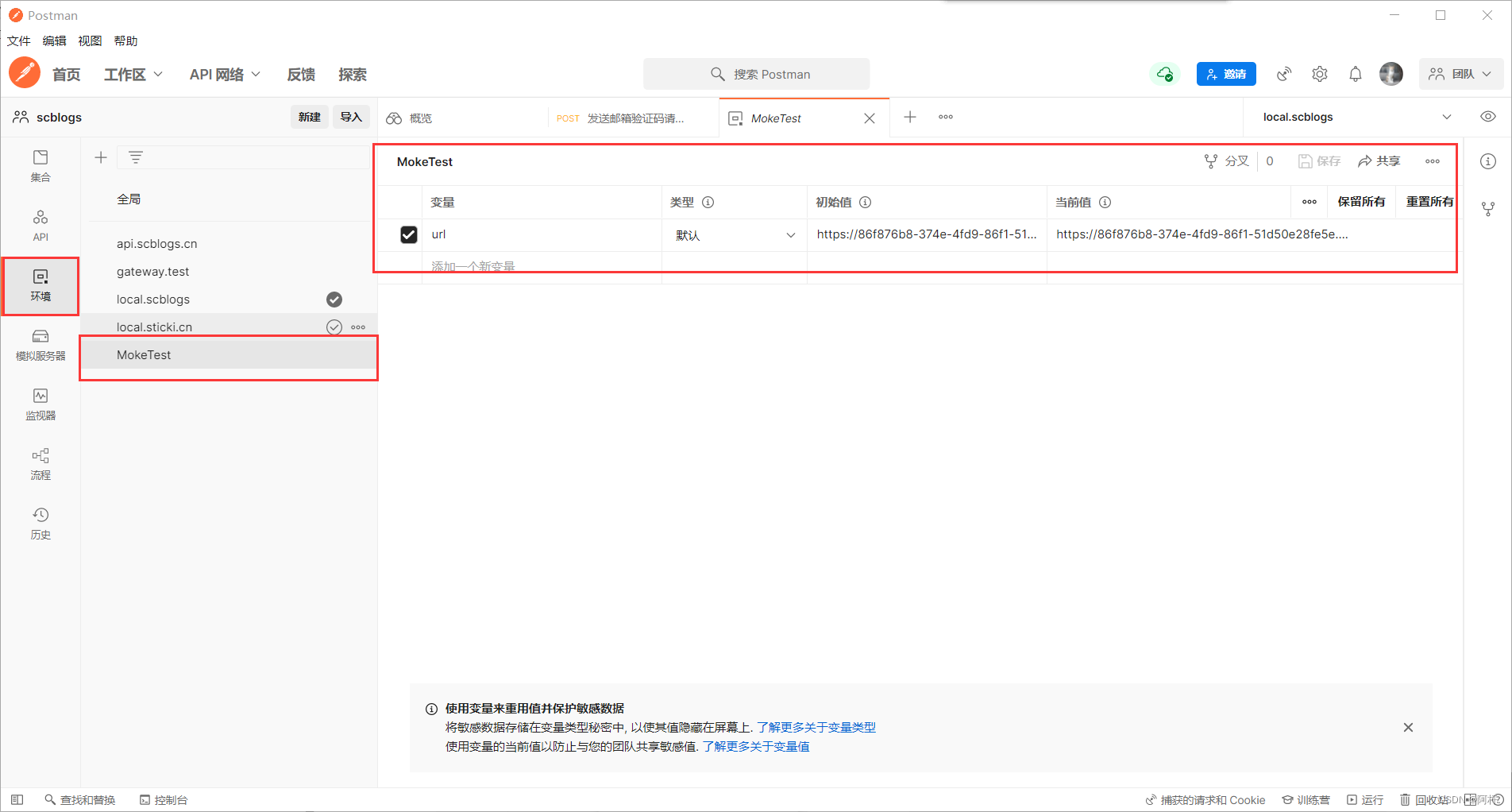
When adding an environment, you can click the plus sign in the upper left corner , Then add the public variables you want to use in the environment .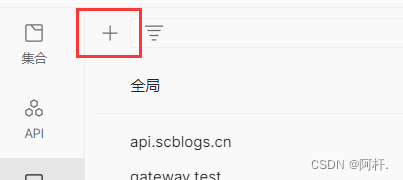
This function is generally used for things like url Prefix This kind of variable will be reused in many places .
The reference method is to put the variable you want to reference between two curly braces , for example :{ {url}}
Like this :
Of course, if you need to switch in multiple environments , There is no need to always modify url Value , You can create several more environment variables , Then switch quickly in the upper right corner :
Switch environment variables
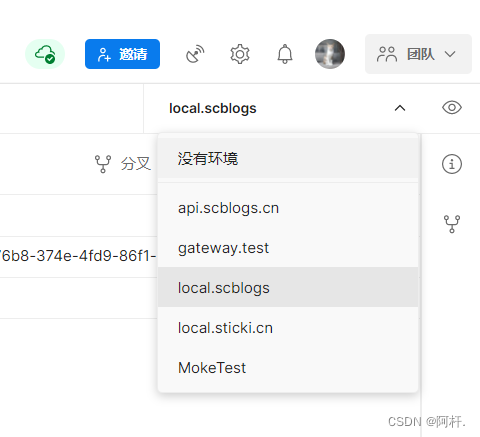
Click the small eye to see what variables are in the environment you are currently using :
Interface Association
In fact, it also uses global variables
Write test script
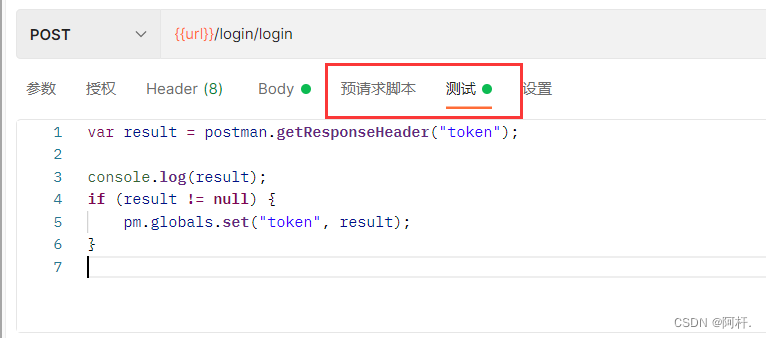
Pre request script and test script can be written js Code , The difference between them is , The pre request script is run before sending the request , The test script is run after sending .
Get the data in the test script and set it as a global variable , For example, when logging in token:
var result = postman.getResponseHeader("token");
console.log(result);
pm.globals.set("token", result);
The global variables set in this way token Can be used on other interfaces , Use { {token}} To reference variables .
Of course , You can also use regular expressions to get variables , Just use it js Write regular , There is not much here .
Dynamic parameters
Built in dynamic parameters
- { {$timestamp}} Generate timestamp of current time
- { {$randomint}} Generate 0-1000 Between random numbers
- { {$guid}} Generate shorthand GUID character string
Custom dynamic parameters
Pass in the pre request script js Code to set variables , Use when using { {times}} To get variables , It is similar to the test script written in Interface Association .
var times = Date.now();
pm.globals.set("times", times);
How to get global variables :
pm.globals.get("token", result);
global["token"];
global.token;
Assertion
Assertions can be used to determine whether the request is successful , Used for automated testing .
postman Support multiple assertion methods , On the right side of the test script, you can see , Click the blue word to get the code directly :
![[(img-DBU0AJoL-1653794601797)(https://cdn.jsdelivr.net/gh/stick-i/resources@main/img/image-20220514114901534.png)]](/img/8b/a60594a96f270f7c65412bbff7dc15.png)
Here are some common :
pm.test("Status code is 200", function () {
pm.response.to.have.status(200);
});
pm.test("Body matches string", function () {
pm.expect(pm.response.text()).to.include("string_you_want_to_search");
});
pm.test("Your test name", function () {
var jsonData = pm.response.json();
pm.expect(jsonData.value).to.eql(100);
});
pm.test("Body is correct", function () {
pm.response.to.have.body("response_body_string");
});
MokeService
Create an impersonation server . Before the back-end interface is developed , The front end wants to call the interface , You can use it first postman Simulation server functions provided .
![[ Failed to transfer the external chain picture , The origin station may have anti-theft chain mechanism , It is suggested to save the pictures and upload them directly (img-lb0hd92r-1653794601798)(https://cdn.jsdelivr.net/gh/stick-i/resources@main/img/image-20220514150956834.png)]](/img/49/ac0ffbd80354f54978f030bc816271.png)
Create an impersonation server , Just set the request name ,postman It will automatically generate a url For your temporary use , The url It can be accessed directly through the external network , But the returned data is fixed , But it's enough for the front-end to use temporarily .
Write interface documentation
There is a document button on the right side of each interface , Click to edit the description of the current interface :
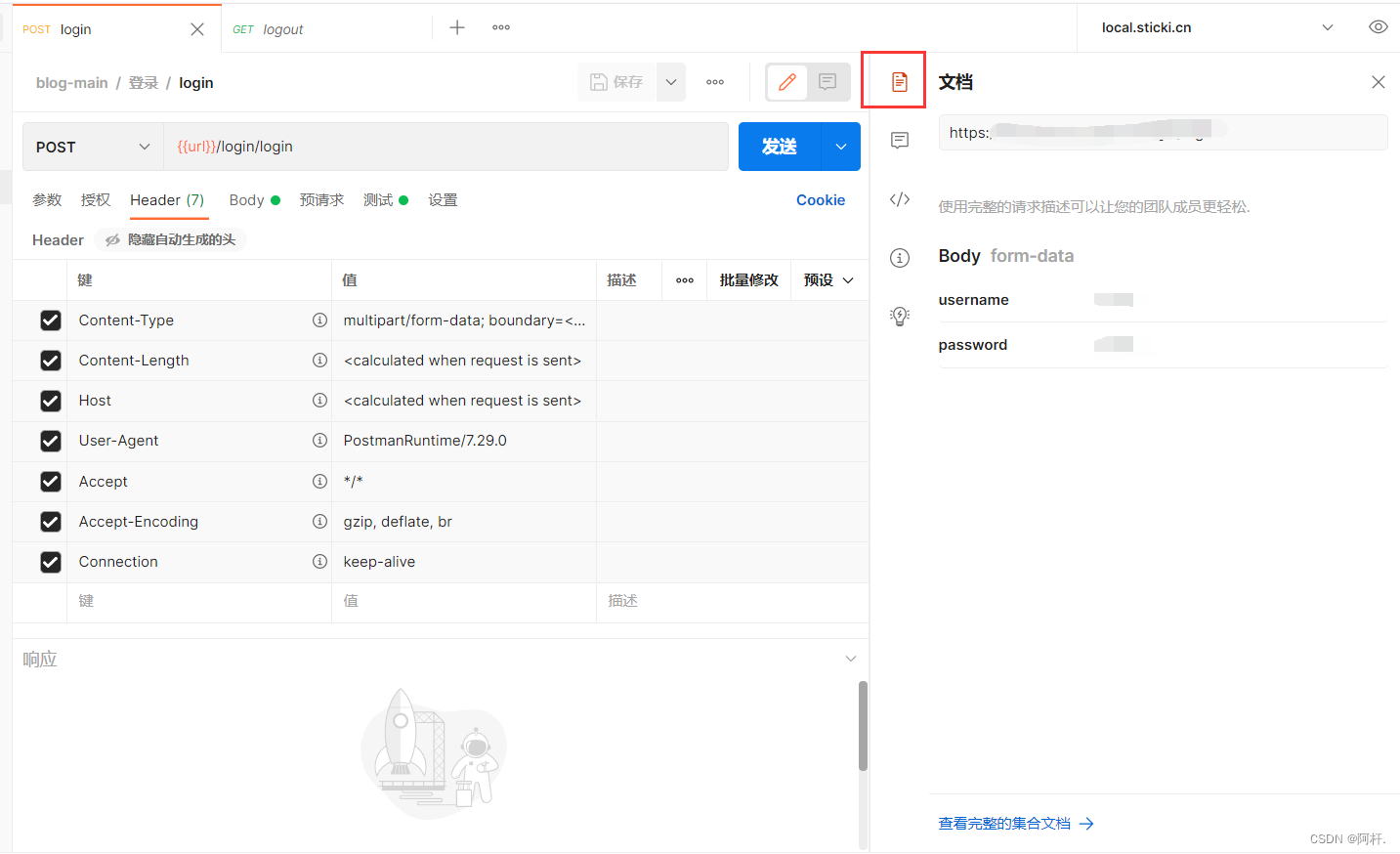
The tested interface and written documents can directly generate documents , You can see :
![[ Failed to transfer the external chain picture , The origin station may have anti-theft chain mechanism , It is suggested to save the pictures and upload them directly (img-sNHaSKGs-1653794601799)(https://cdn.jsdelivr.net/gh/stick-i/resources@main/img/image-20220514154220912.png)]](/img/9f/5509129f259d4e557d825a3c41df9f.png)
Then there is a Publish button in the upper right corner of the document , Clicking publish seems to generate online documents , But I haven't used .
Save test samples
Send the completed request , You can save the request results , Provide reference for others .
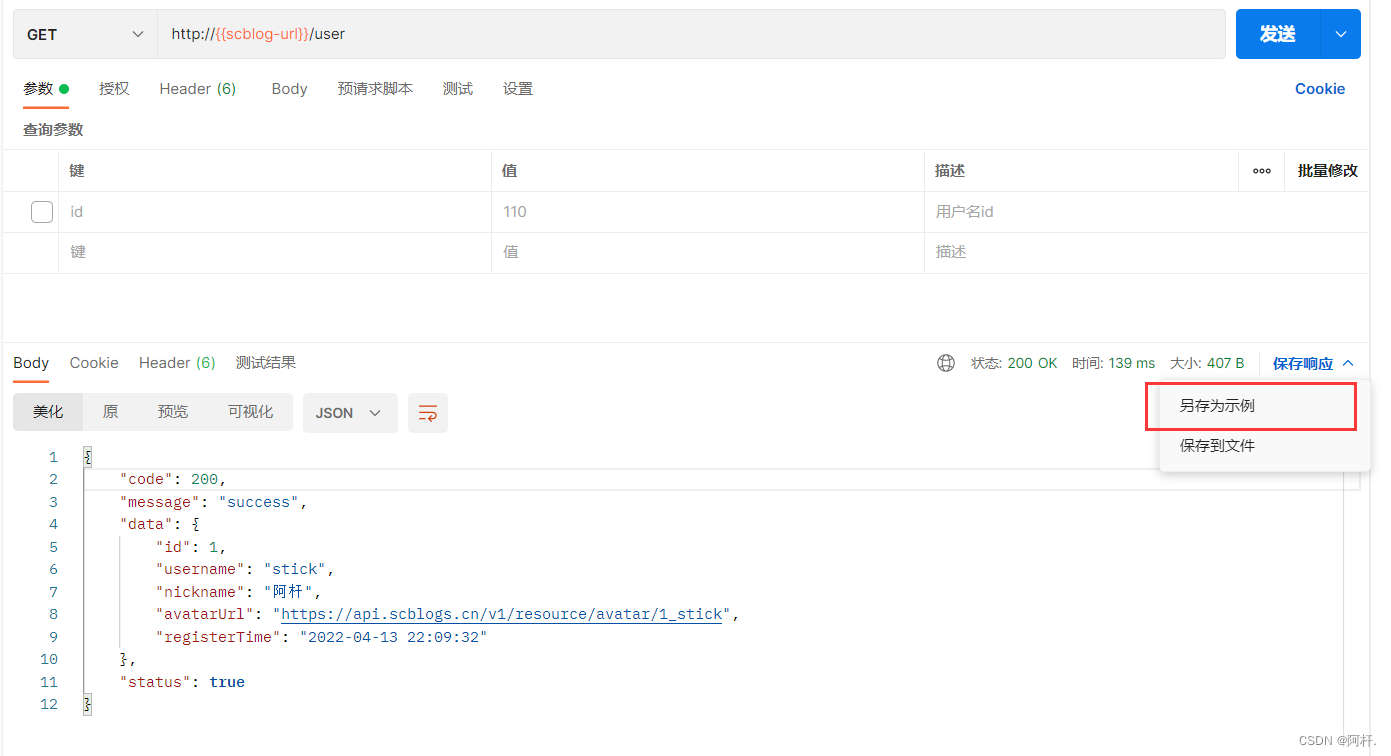
The saved example will be displayed in the left set , Placed under this interface .
Conclusion
The above content only describes the general method of use , You still need to use it yourself , If this article helps you , Welcome to my collection .
边栏推荐
猜你喜欢
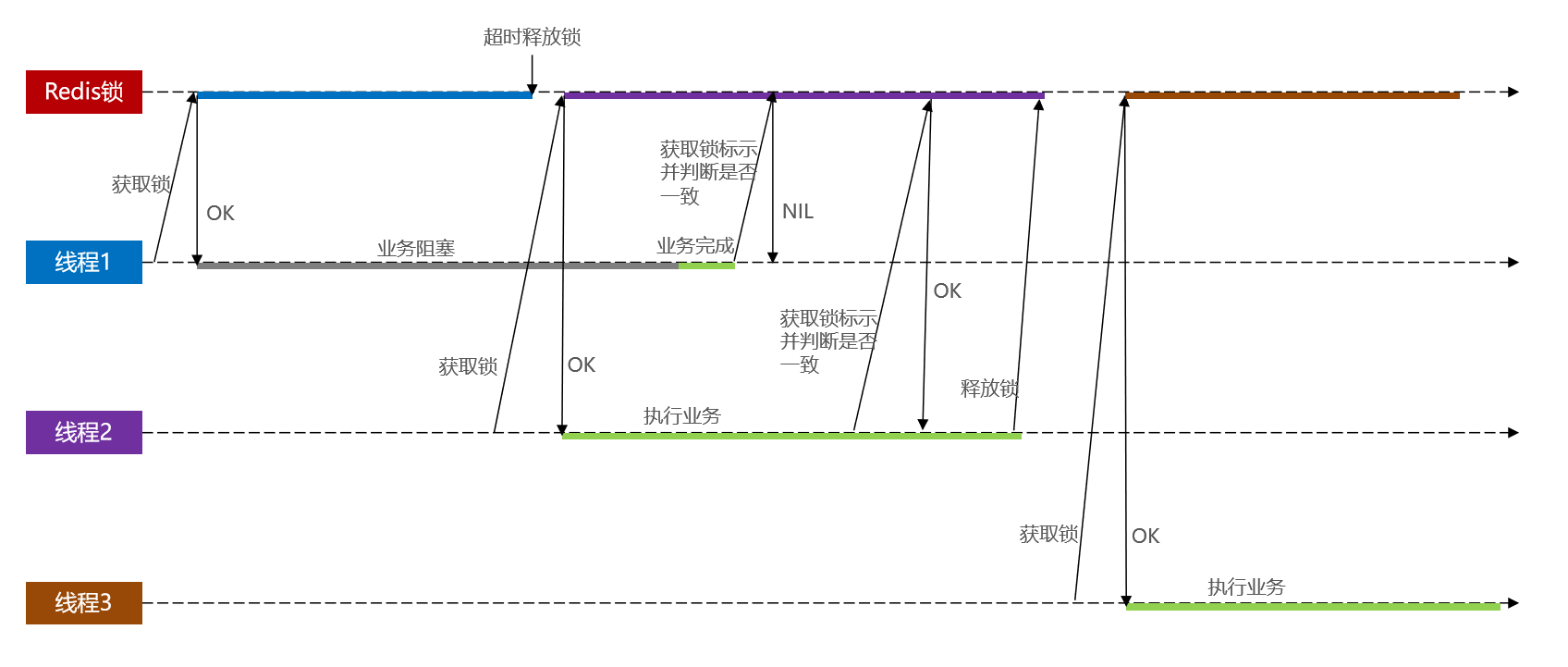
基于Redis的分布式锁 以及 超详细的改进思路
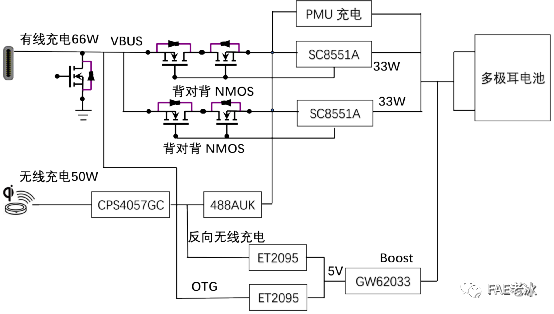
Analysis of charging architecture of glory magic 3pro
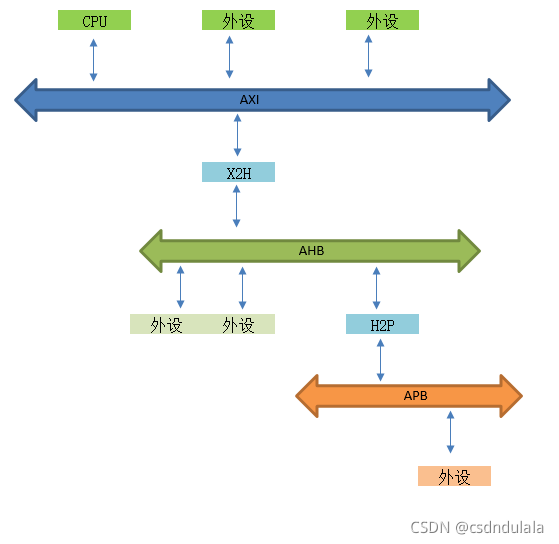
Amba, ahb, APB, Axi Understanding

ESP learning problem record
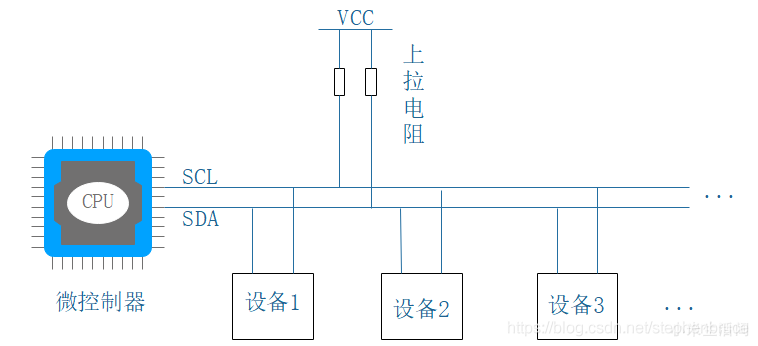
I2C总线时序详解
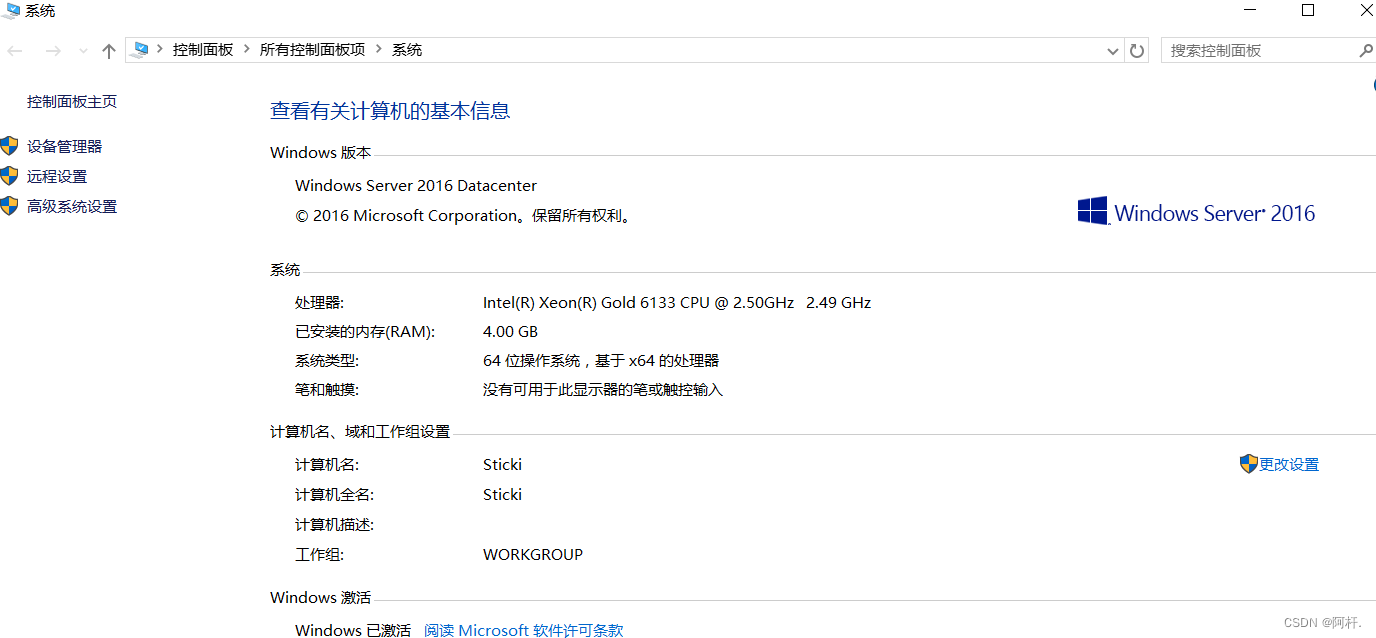
MySQL占用内存过大解决方案
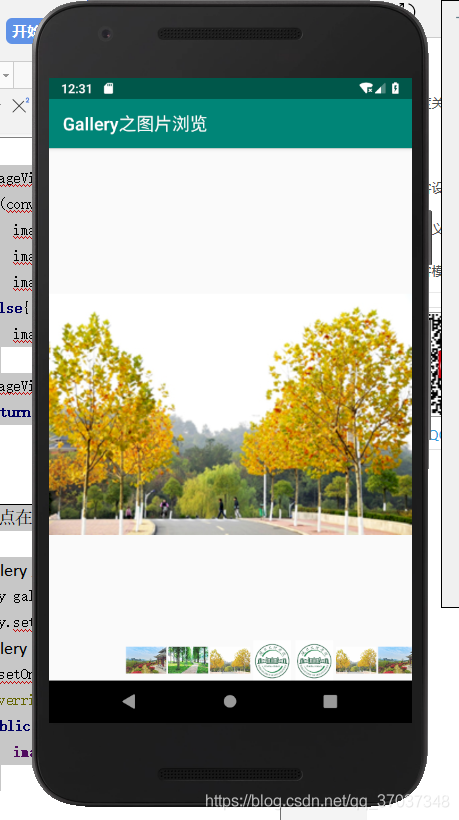
Gallery's image browsing and component learning

AMBA、AHB、APB、AXI的理解

Cannot change version of project facet Dynamic Web Module to 2.3.

Basic operations of databases and tables ----- view data tables
随机推荐
imgcat使用心得
电商数据分析--薪资预测(线性回归)
The dolphin scheduler remotely executes shell scripts through the expect command
AMBA、AHB、APB、AXI的理解
RT-Thread 线程的时间片轮询调度
Working principle of genius telephone watch Z3
RT thread API reference manual
ESP8266通过arduino IED连接巴法云(TCP创客云)
选择法排序与冒泡法排序【C语言】
Kaggle competition two Sigma connect: rental listing inquiries
【ESP32学习-2】esp32地址映射
.elf .map .list .hex文件
ES6 grammar summary -- Part I (basic)
ES6语法总结--上篇(基础篇)
open-mmlab labelImg mmdetection
[Red Treasure Book Notes simplified version] Chapter 12 BOM
RuntimeError: cuDNN error: CUDNN_ STATUS_ NOT_ INITIALIZED
ESP8266使用arduino连接阿里云物联网
STM32 如何定位导致发生 hard fault 的代码段
Learning notes of JS variable scope and function